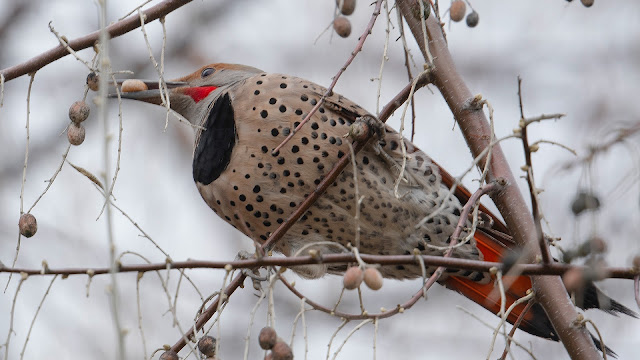The Raven and the Mouse - Aesop's Fable gone wrong.

A field mouse was out during the day, enjoying the early morning light and cool air. As the tiny mammal surveyed its surroundings, a small black dot appeared on the horizon. Captivated, the mouse watched the dot grow in size and it became obvious that it was a bird. The mouse had been warned by Mother Mouse; "Don't let a bird get too close to you, they can be dangerous, especially large ones." But surely this bird must be safe, its glorious plumage was a beautiful shiny black and very small when it was first noticed. After all, it was only the size of a dot. Uncertain as to the intent of this just-arrived denizen of the air, the field mouse was about to turn and descend into the hole it came from when the bird spoke. "Good morning, young mouse. I see you are enjoying the beautiful day as I am. Oh, how I love to stretch my wings and fly." The bird seemed very friendly and the mouse had always wondered what it must be like to fly in the air. Indeed, betwee






